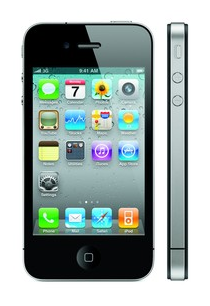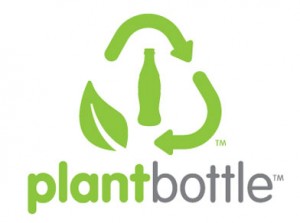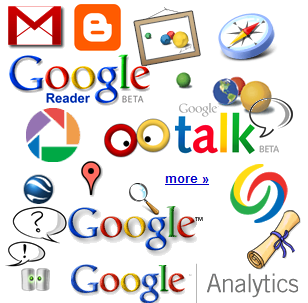The world’s best brands, companies like Apple, Google, Coca-Cola, McDonald’s, and Amazon, may seem like very diverse businesses but they have some common traits that factor in their success. They all pursue continuous innovation and they all have their finger on the pulse of the customer, the “user.”
There are lessons for leaders in those common traits. Not all businesses are destined to be leading brands, but every business should innovate and every business must strike an emotional chord with customers.
 The Apple brand is synonymous with innovation. From the computer mouse 25 years ago to the iPad 2 years ago, Apple’s string of innovations has changed the way we work, communicate, and entertain ourselves. At first, everyone thought computers were for work. Apple made them for people. When everyone else fiercely guarded their software, Apple made theirs “open source” to attract new developers.
The Apple brand is synonymous with innovation. From the computer mouse 25 years ago to the iPad 2 years ago, Apple’s string of innovations has changed the way we work, communicate, and entertain ourselves. At first, everyone thought computers were for work. Apple made them for people. When everyone else fiercely guarded their software, Apple made theirs “open source” to attract new developers.
More recently, when the cell phone market was cluttered and cutthroat, Apple changed the game with the iPhone. When the netbook was hot and everyone else had given up on the tablet, Apple introduced the iPad. The list goes on but the theme doesn’t change: Apple looks forward resolutely. So, while we’re still waiting in line for the next iPad, they’re busy working on a revolutionary television.
Google continuously innovates, as well. The Google product line is like a brainstorming session: the ideas keep tumbling out. Google Plus, Gmail, Google Books, Google Scholar, Google Maps, etc. Some stick, some don’t, some become industry standards. They almost overshadow the original innovation, the search engine that mastered the web and made “Google” a verb. By the way, they’ve never stopped working on that either.
Amazon took E-commerce to Main Street when everyone thought it was a back alley. When the company introduced the Kindle, critics fretted it would kill Amazon’s book-selling business. Now Amazon dominates the eBook market and is a leader in streaming content.
Even well established brands like McDonald’s and Coke need to innovate to keep their brands fresh. McDonald’s is no longer the ketchup-red and mustard-yellow hamburger stand you remember. Almost every store has gotten a sleek redesign in recent years to look like a trendy café with “linger zones” and “grab-and-go” areas. The menu matches with gourmet coffees, salads, and healthy foods that correspond with consumer tastes. They are all Wi-Fi hotspots, too.
 Coca-Cola is rolling out PlantBottle, environmentally friendly and recyclable bottles for its iconic products, as well as Freestyle, a complete redesign of the soda fountain concept that gives users more choice and freedom.
Coca-Cola is rolling out PlantBottle, environmentally friendly and recyclable bottles for its iconic products, as well as Freestyle, a complete redesign of the soda fountain concept that gives users more choice and freedom.
Coke’s innovations, like the other brands’, are focused on one thing: the customer experience. They know that consumers have many choices and so they shop with their hearts. Putting “passion before profits” touches customers’ emotions, whether it’s a fondness for sleek design, ease of use, or evidence of a corporate conscience. So they are always looking for new ways to make their customers a little happier.
The Google corporate biography, In the Plex, describes a key strategy meeting. In it, one manager asked, “We’ve seen the road map for products, but where’s the road map for revenues?” A Google exec corrected him, “That’s not the way to think. We are focused on our users. If we make them happy, we will have revenues.”
By focusing on their customers and their passions, instead of the bottom line, all of these companies have built brands worth billons. As the recently departed Steve Jobs put it, “My passion has been to build an enduring company where people were motivated to make great products. The products, not the profits, were the motivation.”
In Part Three, we’ll take a look at the leaders like Jobs who have made these brands the leaders of the pack.








